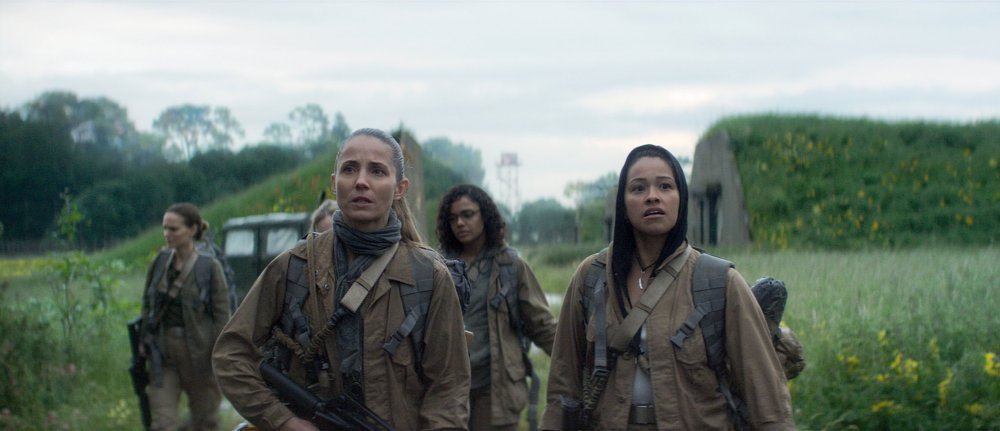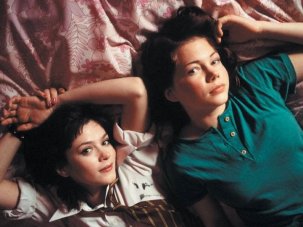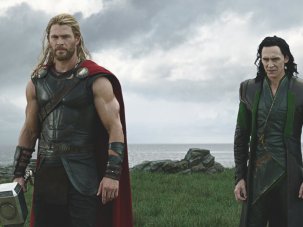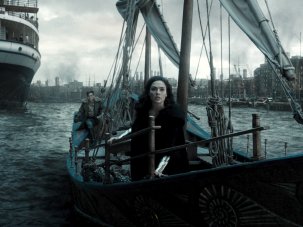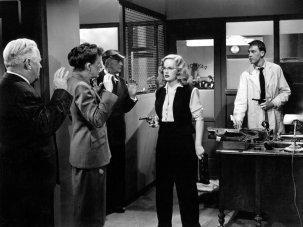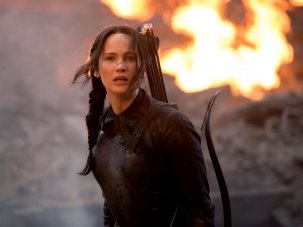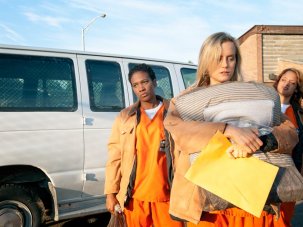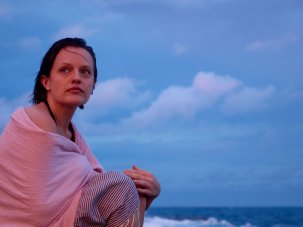“I was attracted to science fiction because it was so wide open. I was able to do anything and there were no walls to hem you in and there was no human condition that you were stopped from examining.”
― Octavia E. Butler
The future is female, apparently; or fluid, depending on who you believe. Yet fantasy worlds, sci-fi sagas and action adventures that centre on plural female leads are still, frustratingly, few and far between on our screens – stories that go untold or under-promoted, as in the case with Annihilation.
Annihilation and Godless are now streaming on Netflix. Thor: Ragnarok and Wonder Woman are available on DVD, Blu-ray and VOD.
The first wave of reviews for Alex Garland’s trippy sci-fi horror have been praiseworthy. But not enough to save the film – which features an all-female taskforce of alien-battling scientists – from low opening-weekend figures.
For those of us who’ve been following Annihilation’s fraught post-production journey, invested in its cadre of smart, badass explorers – a group featuring not one but two women of colour, and one of those (Gina Rodriguez’s Anya Thorenson) a queer women, sporting what Autostraddle have dubbed “a super gay undercut” – the figures come as no surprise. Despite an acclaimed director, a bestselling source text (Jeff VanderMeers’s 2014 eponymous book) and a sterling cast (Natalie Portman; Jennifer Jason Leigh; Oscar Isaac), producers clashed over whether Annihilation had enough ‘mainstream appeal’ [code for ‘we’re worried plural female leads will alienate male audiences’].
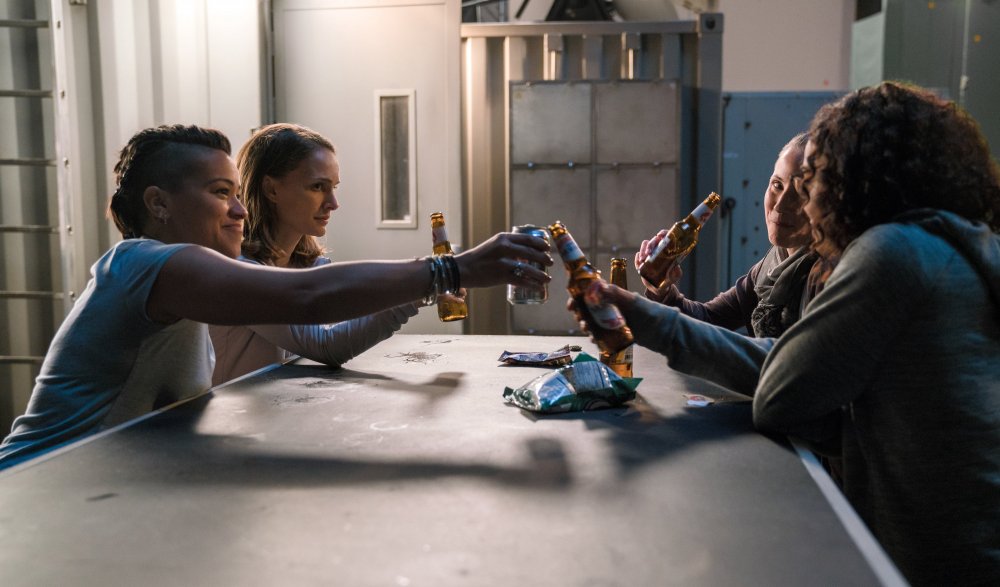
Annihilation (2018)
In response, Paramount opted to limit theatrical releases to the US, Canada and China, relegating it to Netflix (in March) everywhere else. “It’s disappointing,” Garland responded at the time, with commendable restraint. Tessa Thompson, who plays the team’s physicist, Josie Radek, made the right kind of noise on social media when opening weekend rolled around, tweeting: “Hi, @AnnihilationMov is out today. Maybe you notice something noteworthy about the actors on the poster? Unlike lots of other films? – Important to support a film like this opening weekend – so that more can be made.”
But it wasn’t enough, of course. Hamstrung by the studio, the outcome was all too predictable: Annihilation’s box office debut was a self-fulfilling, studio-managed bust. At Forbes, reporter Scoot Mendelson points out the obvious: “It’s not exactly becoming of a once-grand movie studio, one that has been struggling for the last two years, to shuffle a movie like Annihilation onto Netflix while they slot a Sonic the Hedgehog movie for summer 2019.”
Yet that’s exactly what Paramount deigned to do. Why? Because “a movie like Annihilation” is code for that rare proposition in today’s ‘uncertain theatrical landscape’: an intelligent fantasy with multiple female and women-of-colour leads. We’re long past tired debates about whether Strong Female Leads in sci-fi, fantasy and action will sell a film – they can and do, in all their problematic glory. Pressure both internal and external have forced studios towards a grudging diversity. Captain Marvel, Black Widow and A Wrinkle in Time are now a reality. But multiple female protagonists are still, it seems, both Too Much and Not Enough, as the bitter backlash surrounding Paul Fieg’s Ghostbusters and Mad Max: Fury Road have demonstrated.
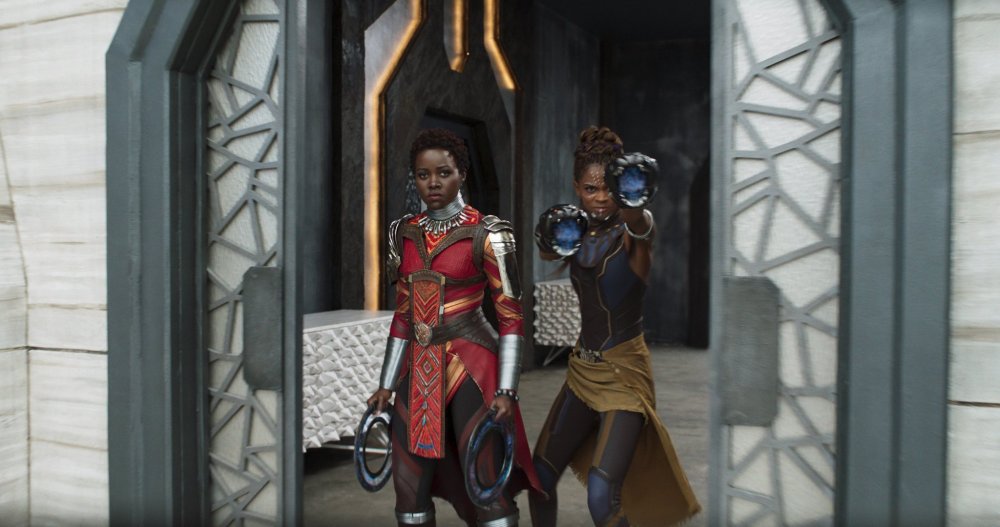
Black Panther (2018)
Gamergate and other recent controversies (the #fakegeekgirl meme, the Sad Puppies controversy) are proof that male gatekeepers remain determined to resist sci-fi’s feminist advance. But, for all that misogynist resistance is an atom-splitting desire, the rest of us are hungry for new worlds, new stories, futuristic sisterhoods. And sci-fi’s canvas allows us to bring those things to life. Visions of alternative societies, spheres where women might be autonomous, self-ruling and free from men, or, at the least, equal to them – even primus inter pares – are especially important now, when toxic masculinity means the constant threat of ecocide via nuclear pissing contests.
Fantasy and sci-fi have always given us the space to dream the things we need, desire and fear into life, a place where Otherness can be re-worked and re-contextualised to revolutionary ends. The prodigiously enthusiastic fan reactions to Wakanda, the fictional east African nation home at the centre of Ryan Coogler’s Black Panther, is radical proof of this. Using alien technology to evade colonial rule, Wakanda offers us an alternative timeline to counter the misery of the present, a vision of futuristic black excellence that affirms both what could’ve been and, in Shuri’s STEM icon and Wakanda’s fierce, formidable all-female military arm, what might still come to pass.
The Dora Milaje are a powerful vision of meme-able, cosplay-worthy sisterhood, proof that strong women en mass can be box office gold, given the right studio support (I’m side-eying you, Paramount). And yet there have been a glut of lost opportunities in recent times. In Patty Jenkins’ Wonder Woman (2017), we were drawn in by the sapphic promise of Themyscira, the matriarchal island home of the armour-clad Amazons; in Taika Waititi’s Thor: Ragnarok, we hoped for initiation into a similarly formidable militia, the Valkyries, with their winged steeds and sword-wielding bisexual warriors; and in Scott Frank’s gritty Netflix series Godless, we were promised a ‘feminist western’ centring on the gun-wielding frontier widows of La Belle, New Mexico, a town inhabited almost entirely by women following a catastrophic mining accident that wipes out the town’s menfolk.
These matriarchal spheres and societies – intentionally self-governing in Themyscira’s case – were major selling points in pre-release trailers and press campaigns. We anticipated lengthy, rich, fully-realised visions of female autonomy. But what materialised were truncated excursions and fleeting glimpses, action that slid all too quickly back into the realms of men.
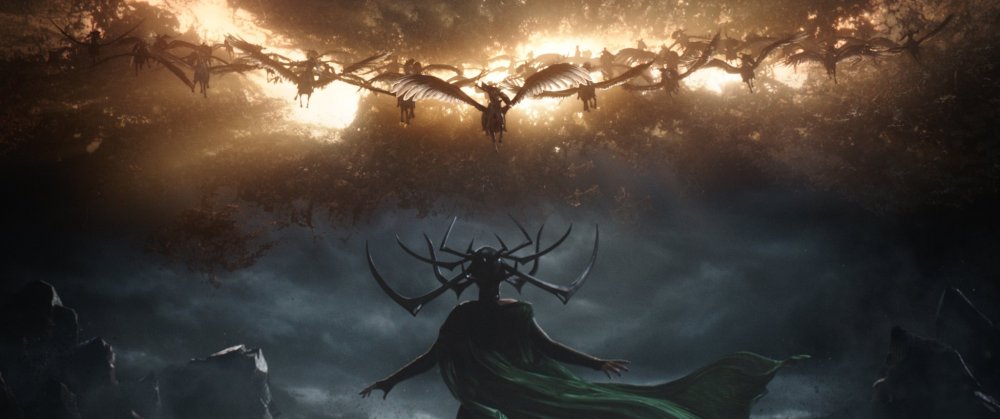
Thor: Ragnarok (2017)
In Wonder Woman, we had a frustratingly brief tour of Themyscria’s sun-dappled shores before men, with their wars and their weapons, crashed the party. In Thor: Ragnarok, the Valkyries were literally consigned to a memory, glimpsed in a stunning wrought but woefully short flashback. And in Godless, the plot kept the fascinating ladies of LaBelle hostage to a grudge match between roving male outlaws (Jeff Daniels’ Frank Griffin and Jack O’Connell’s Roy Goode).
The women of LaBelle are diverse and complex, working to rebuild their town along radically untraditional power lines. I rooted for Michelle Dockery’s stoic horse farmer, and dreamed about what a spin-off story built around her Native American mother-in-law, Tantoo Cardinal’s Iyovi, might look like. But most of all I rejoiced in the queer love that unfolds, openly, between Tift Merritt – on show-stealing form as LaBelle’s butch defacto leader Maggie McNue – and her lover, ex-brothel keeper turned school teacher Callie Dunn (Tess Frazer).
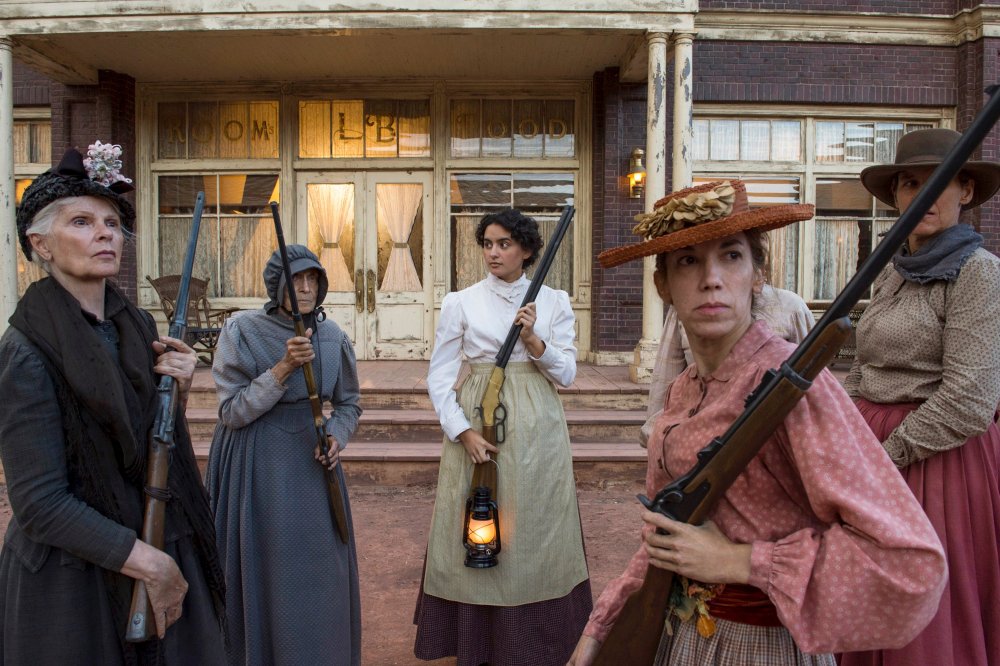
Godless (2017–)
In post-disaster LaBelle, female same-sex love thrives. Freedom is forged via community consensus and collaboration, a peaceful, matriarchal alternative to the outlaw individualism that Griffin’s murderous patriarch epitomises. But the action rarely stays in LaBelle. “The concept of a frontier town without men is a captivating one,” points out critic Sophie Gilbert at the Atlantic. “And so the biggest immediate disappointment within Godless is that it spends much less time with the women of La Belle than trailers had suggested.”
These disappointments are part of a long, shifting continuum in cinema. Look, for example, at the deeply misogynist ‘lady land’ films of 50s sci-fi, titillating outer space B-movies such as Cat-Women of the Moon (1953, “without men for centuries!”) and Fire Maidens from Outerspace (1956). In these films, lady lands exist solely in order to be discovered and colonised by lucky male astronauts. As critic Catherine Stratton points out, these films serve as cautionary tales, not liberationist visions.
Lady Lands, Catherine Stratton’s video essay for Fandor
The male gaze both fears and fantasises about lady lands. What might we do in these spaces, sexually and politically, when men are outnumbered, or absent entirely? How are these worlds born? Do they begin with intention, as in Garland’s rape fantasy Ex Machina (2014) when Ava and Kyoko make a patricidal pact for freedom (death for the latter, escape for the former), or by happenchance, as in Godless? Do these societies outlaw men, or fetishise them? “You’re the first man I’ve ever seen,” Diana tells Steve Trevor in Wonder Woman, echoing Cat Women of the Moon dialogue verbatim, some six decades years on.
The only limit to sci-fi is our imagination. But the stories that get told, and the people who tell them, are largely dictated by film’s gatekeepers: men. Feminist writers past and present continue to offer us creative, mind-blowing other worlds, but these texts are rarely transferred to screen, as critic So Mayer pointed out in 2015: “Hollywood fiction remains far more conservative than literature. Not a single feminist sci-fi classic has been adapted to the screen – not a single one.”
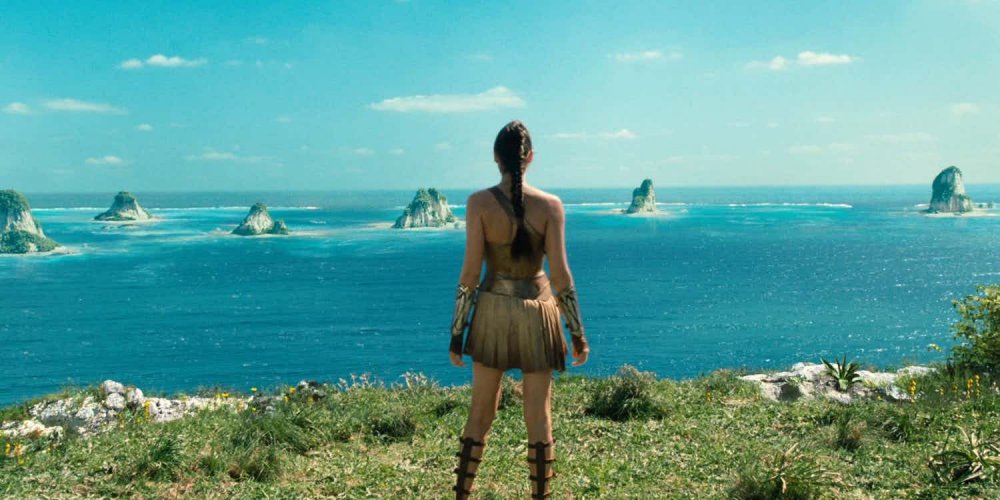
Wonder Woman (2017)
I want more. I want the visionary, gender-jamming worlds that Ursula K. LeGuin and Octavia E. Butler dreamed up to take root on our screens, in full colour (thank goddess for Ava DuVernay, who’s slated to bring Butler’s Dawn to life at some point.) I want a big-budget adaptation of Kelly Sue McConnick’s excellent spacesploitation comic book series Bitch Planet.
I want an alternative Aliens timeline slash spin-off in which Jenette Goldstein’s Saturn Award-winning Private Vasquez survives and thrives, traversing space with an all-female squadron of flame-thrower toting dykes. I want to see Tanith Lee’s dark, erotic and award-winning sagas – the first texts in which my younger self encountered queer, trans and people-of-colour characters in fantasy and sci-fi – unfold on screen.
I want more. And I’m betting you do too.
-
Women on Film – all our coverage
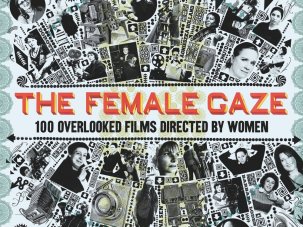
A window on our ongoing coverage of women’s cinema, from movies by or about women to reports and comment on the underrepresentation of women...
-
The Digital Edition and Archive quick link
Log in here to your digital edition and archive subscription, take a look at the packages on offer and buy a subscription.




